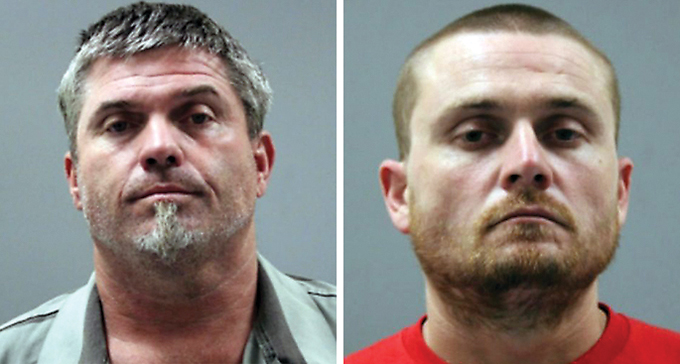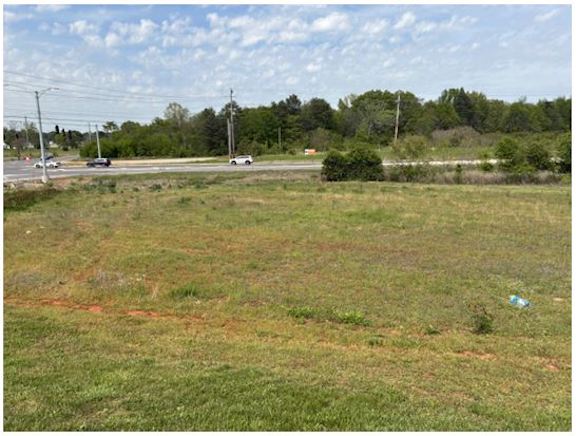Math and science teacher shortage on the horizon
Published 6:30 am Friday, November 3, 2017
A teacher shortage is looming, especially in core subjects such as math, science and English, according to the Department of Education.
At the local level, school superintendents for both Limestone County and Athens report they have been able to attract enough teachers to keep positions filled. However, Limestone County Superintendent Dr. Tom Sisk believes the day is coming when they could run out of math and science teachers.
Trending
The number of students graduating from state universities with teaching degrees in science and education is astonishingly low. Last year, only 17 math and 12 general science education majors graduated from Auburn University. Over the past three years, the University of Alabama’s college of education reported a 10 percent drop in enrollment. The picture is a bit rosier at the much smaller Athens State University. In 2016, the school reported 43 math and 20 science education majors on its roll.
Dr. Patricia Sims, dean of the College of Education at Athens State, says the shortage is contextual.
“Our early education and collaborative programs are thriving, but we have seen a decrease in the number of students majoring in math, science and secondary education,” she said.
Sisk and Athens City Schools Superintendent Dr. Trey Holladay report a similar disproportion exists in their school systems.
“We may have 60 applicants for an elementary position, as opposed to five in a speciality area like math or special education,” Holladay said.
The reasons behind the shortfall are multifaceted, but teacher pay and increased pressure to “teach to the test” are two of the biggest factors, Holladay said.
Trending
Sisk agreed with Holladay’s salary assessment pointing out, “teacher salaries haven’t kept pace with inflation.”
“When I went into teaching 30 years ago, they told us, ‘you won’t get rich but you’ll make a comfortable living,’” Sisk said. “I’m not sure our teachers can even make a comfortable living anymore.”
The average starting pay of a public school teacher is $36,867 per year and caps out at $62,840. Last year, teachers received a 4 percent raise. However, higher benefit costs often cancel out an increase.
“A person who can meet the requirements for math or science can do much better salary-wise in the private sector, usually double,” said Dr. Jayne Meyer, director of the Office of Teaching and Leading at the DOE.
Holladay also points out that his teachers constantly have to defend their performance at the local and state level.
“Teaching itself has gotten a lot tougher over the years, especially when it comes to making sure students perform well on state tests,” he said. “Math is probably one of the highest areas of expectation. The pressure is immense on these teachers.”
Meyer said “there is a tremendous amount of field experience required of our education majors, including a full-time internship that is equivalent to a full-time job. It’s a tough major.”
Solutions
All is not lost, Sims said. Her university is battling the teacher shortage on several fronts. She said teacher recruitment should start in high school.
“We want to get them in the pipeline early,” she said. “We do this by working closely with superintendents, teacher education programs in the high schools and our community colleges.”
Every year, Athens State hosts the “We TEACH” conference — a weeklong event that exposes 250 high schoolers from across the state to the benefits of becoming a teacher.
Recently, the university received a $34,000 grant from the Alabama Commission for Higher Education that will allow the university’s education department to expand current recruitment programs and provide additional support and tutoring for education majors.
Sisk said his system is doing its part to produce more teachers through the programs offered at the Limestone County Career Technical Center.
“The first step to ending the shortage is to grow our own teacher’s through programs like the early childhood education certification at the center,” he said. “We hope that these experiences will spark an interest in teaching and create scholarship opportunities.”
Meyer agrees with this grassroots approach and said, “our best recruiters are our current teachers. They need to encourage bright young people who get along well with others and can communicate effectively to follow in their footsteps.”
The DOE is acutely aware of the math and science teacher shortage and has sought to ease the problem through certification programs that allow non-education majors with advanced degrees to teach in the school system. They also host the “Teach in Alabama” website, which functions as a job board that allows school systems to fill open positions by searching a prospective teacher database.
“Recruitment is important, but it is crucial that school systems provide a collegial environment for the teachers they hire so they will want to remain in that system,” Meyer said. “Knowing that the administration respects and values them, allowing teachers planning time and opportunities for collaboration during school hours, and making sure they have the resources they need keeps teachers happy. And happy teachers attract more qualified teachers to their system.”





